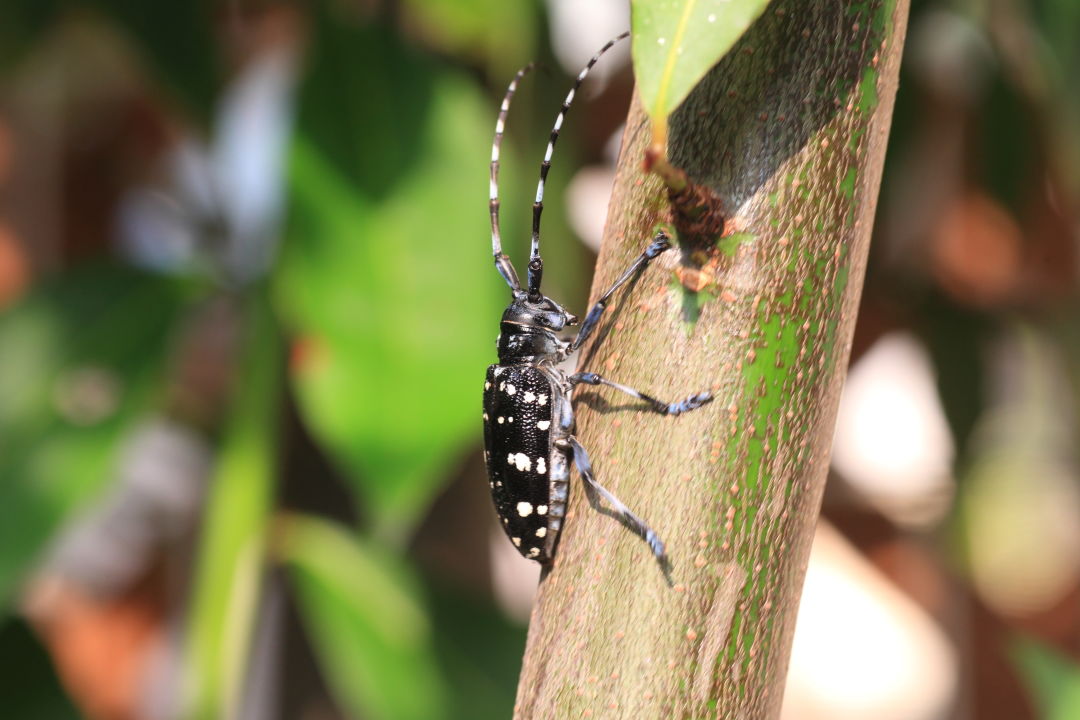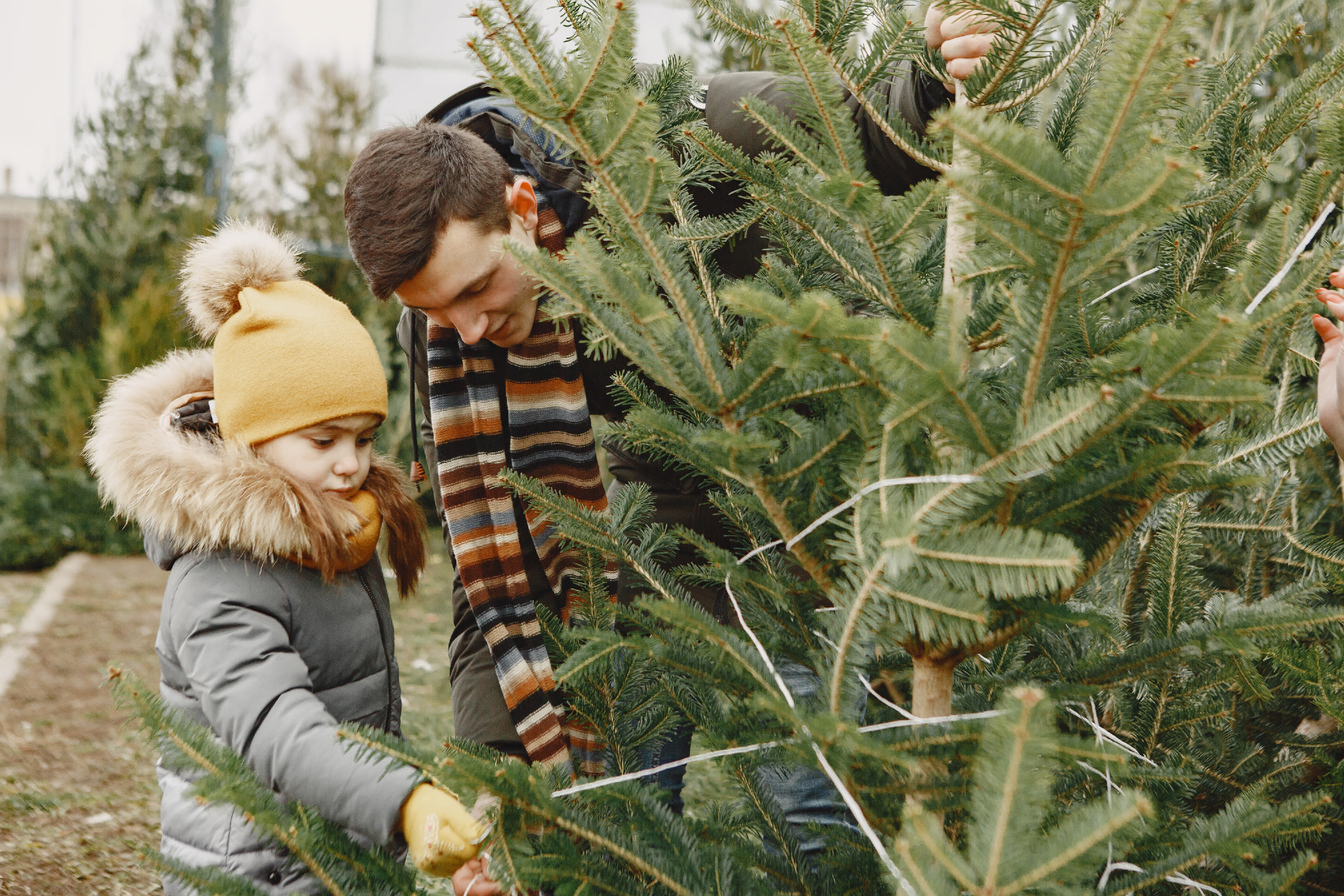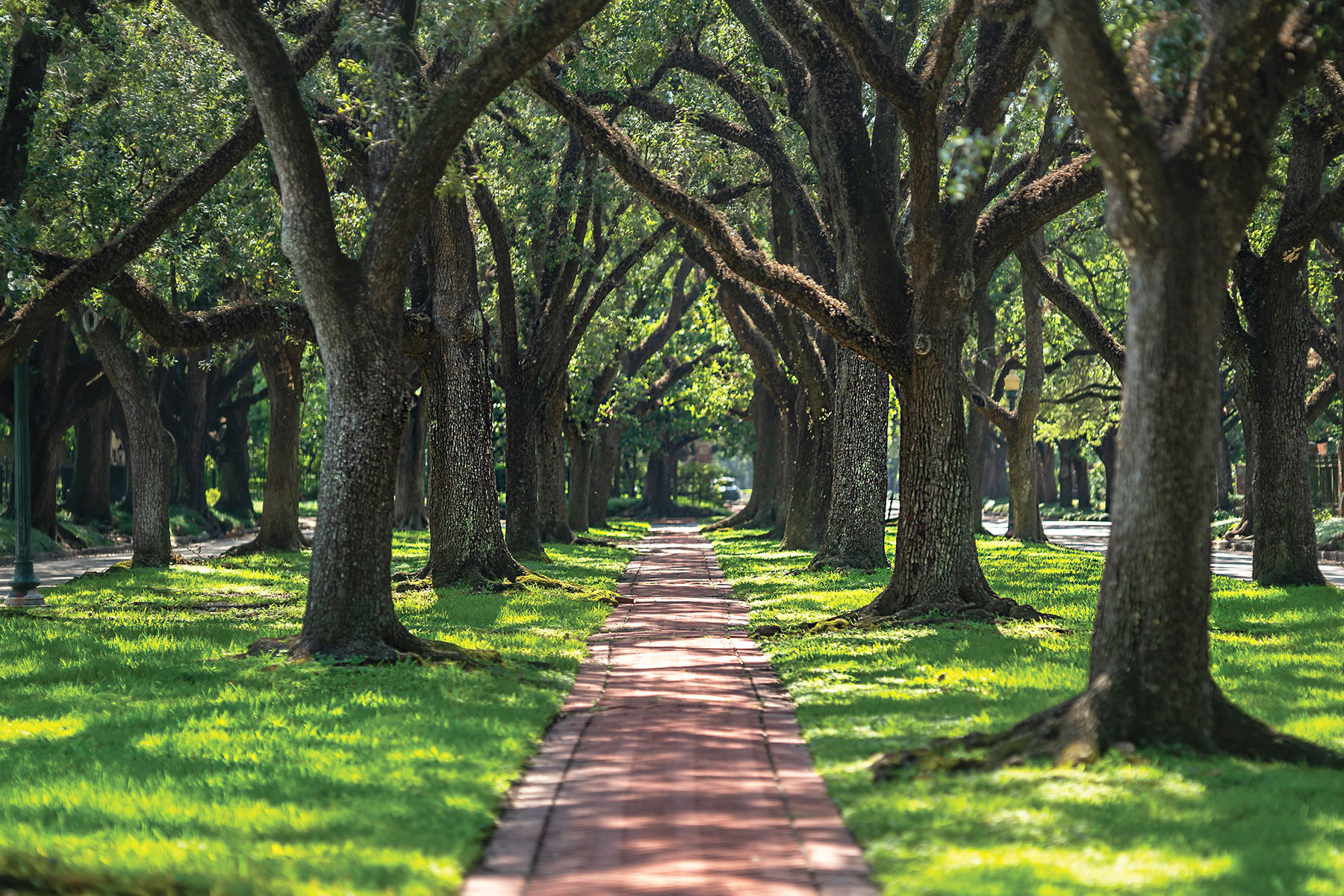Why You Should Check All The Trees in Your Yard This Month

The Asian longhorned beetle is cool looking but not at all cool.
August is Buggy As All Get out, and appropriately so, it's also the U.S. Department of Agriculture’s official Tree Check Month. Yes, it's that special time when the USDA and the Texas Invasive Species Council encourages us to make sure our yard's trees are free of tell-tale signs of horror, such as dime-sized drill-like holes made by Asian longhorned beetles, an invasive species likely brought here on wooden packing materials from China in the 1990s. They've killed over 160,000 trees in America, but have the ability to destroy millions of acres of our country's hardwoods.
There's absolutely no cure for these beetles's damage once an infestation is established. That's where you come in. You can do your part by checking the trees in your yard to make sure these little psychos aren't near your home or lawn, attempting to destroy life as you once knew it. The public is critical in helping to stop the spread of this invasive species, and others.
While Houstonians should definitely be on the lookout for Asian longhorned beetles—they're large, shiny black beetles with white spots, and the adults emerge from trees in August, leaving exit holes—we'll also want to check for the following tree-destroying insects as well:
- Emerald ash borer:This half-inch long metallic green beetle emerges (as an adult) from ash trees in June and flies through August.
- Gypsy moth: The adult female, white with small brown markings, lays hundreds of eggs in August.
- Spotted lanternfly: It's a one-inch long planthopper with black head and legs, and a broad, yellow belly with black bands on top and bottom, that's abundant in August.
While checking your trees be on the lookout out for holes, shallow oval or round scars in the bark (that's where an adult beetle might have chewed an egg site for itself—fun times), sawdust-like material on the ground around the tree or in the branches, and dead branches or limbs falling from otherwise healthy-looking trees.
If you see any signs of these pests or their onslaught, the USDA suggests getting a photo and trying to capture and freeze the insect, if possible. You can report your invasive pests online with the Texas Invasive Species Council.




